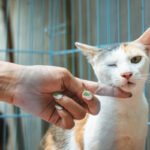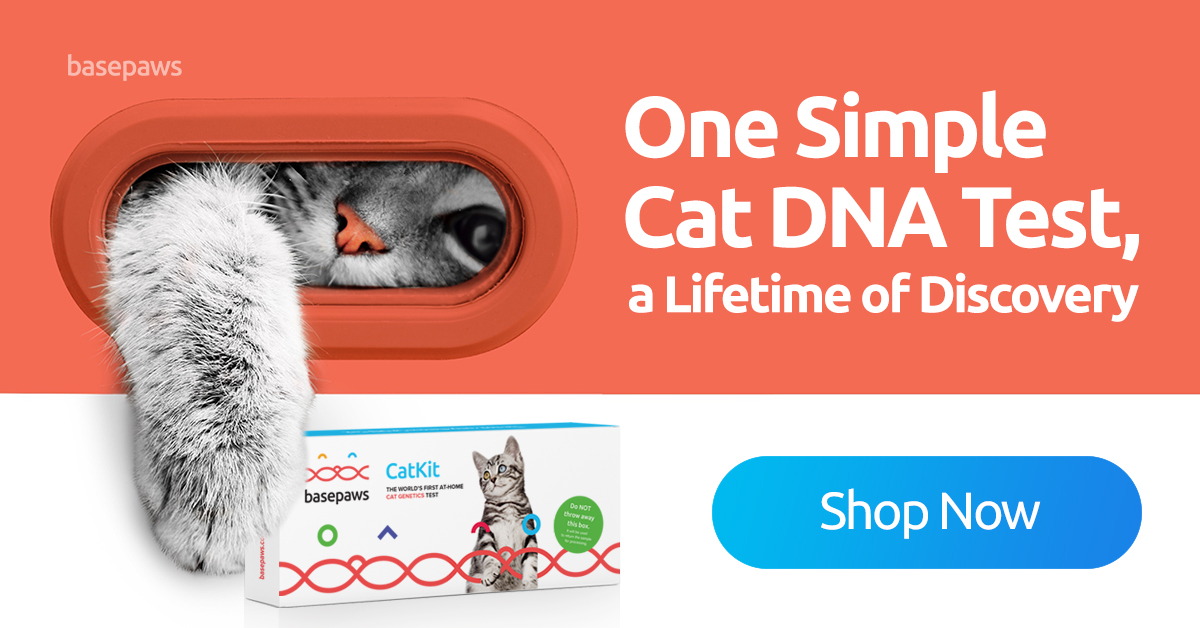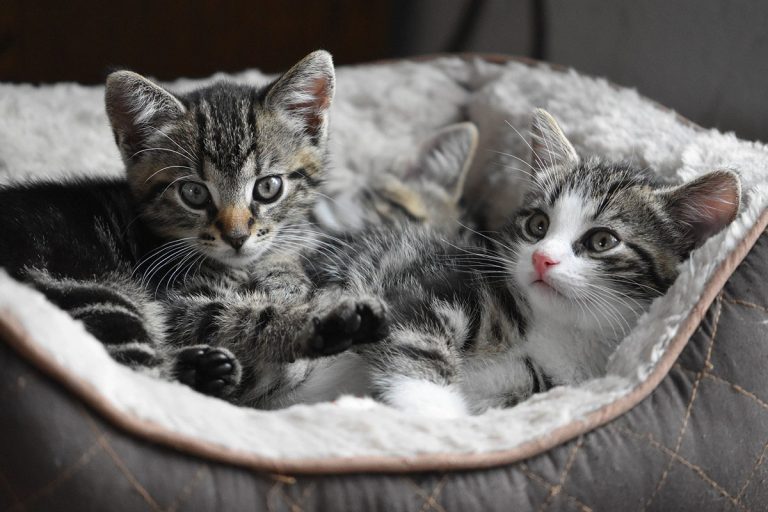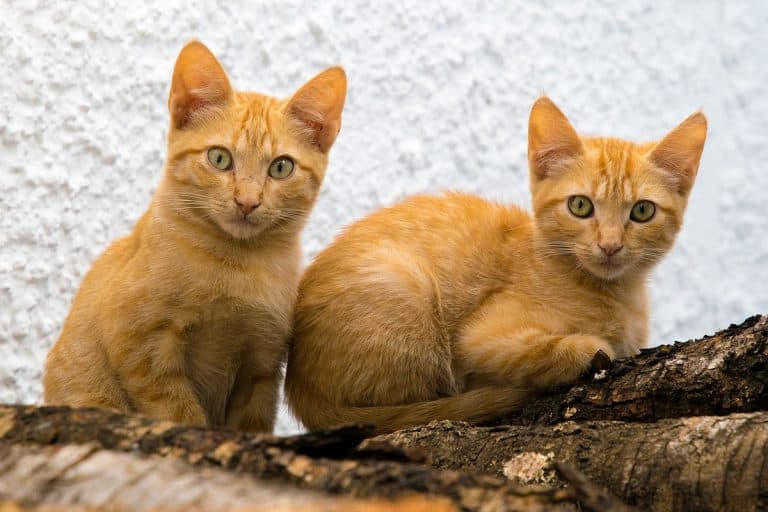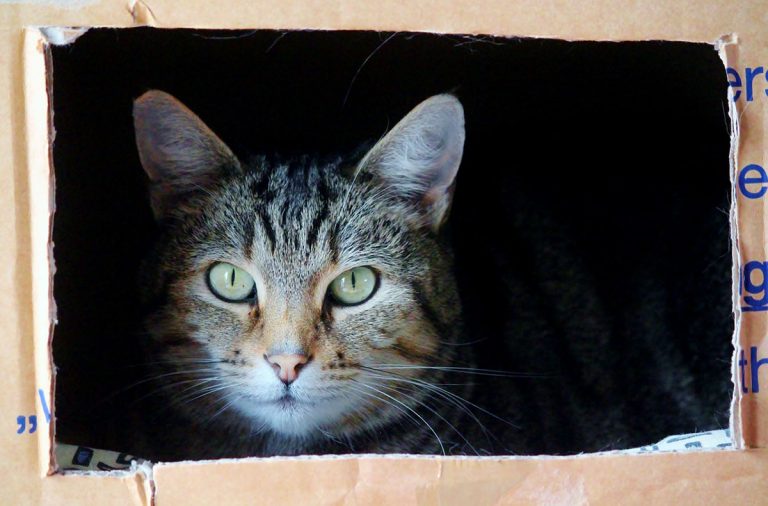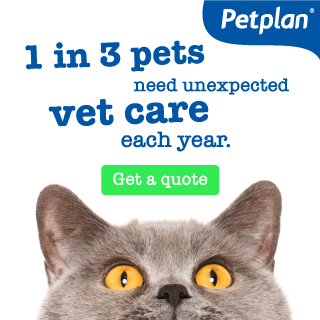“Why does my cat eat dead leaves? Can cats eat leaves safely? And if so, why do cats eat leaves in the first place?” Read this guide for a detailed explanation of this odd cat behavior, including tips on how to stop your cat eating leaves.
DISCLAIMER: This post may contain affiliate links. If you click one of these links and decide to make a purchase, we may receive a small commission. This comes at no extra cost to you and helps to keep the site alive and up to date. If you want more information, please review our Privacy Policy. Thank you for your support!
Why Do Cats Eat Leaves?
A cat eats leaves and plants as a source of fiber, which is an essential part of their diet. It helps to make nicely formed feces and keeps the bowel moving smoothly.
Overall, there are three common causes for your a cat eating leaves or grass.
Lack Of Fiber
Cats that eat strange things often do this because something is lacking from their diet. In the case of leaves, green or wilted, the obvious culprit is fiber.
If your cat lacks fiber, she almost always has trouble on the litter box as well. She might have diarrhea or bloody stools. Or she might be constipated and not poop at all for a day or two.
Hairballs
Another common reason for cats to eat plants is that they are experiencing hairballs. When your cat cleans herself, she ingests a lot of loose hairs. Under normal circumstances, these hairs are passed through her system without problem.
But sometimes these hairs build up to form a ball in your cat’s stomach. A hairball. If the hairball gets too big to pass, your cat coughs it up and leaves it as a slimy present for you to clean up. You’re welcome!
This tends to happen more often during the Spring when your cat is shedding her winter coat. However, if your cat is overgrooming because of skin irritation or stress, hairballs can become a serious and more frequent problem.
If your cat suffers from hairballs on a regular basis, it could lead to constipation, intestinal blockages and, worst case scenario, megacolon. Trust me, it’s as scary as it sounds. You can use specialized foods and hairball treats to help limit the number of hairballs you and your cat have to deal with.
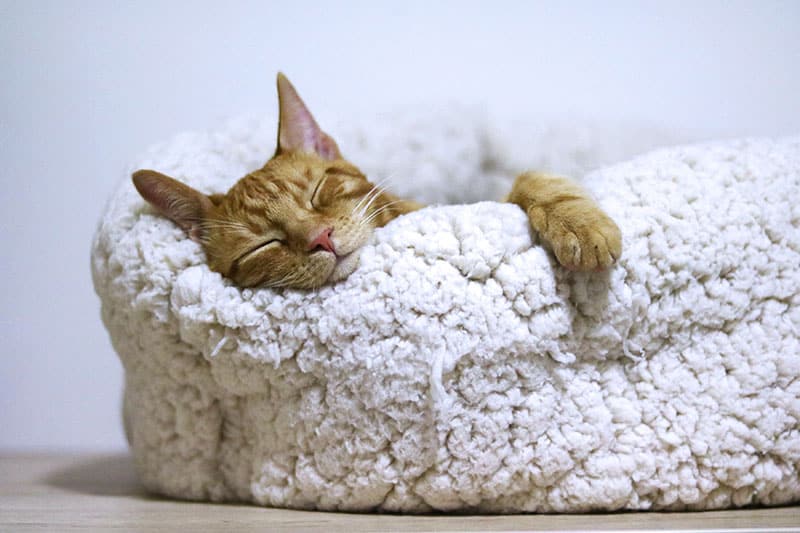
Medical Problems
Lastly, some diseases may cause your cat to eat plants specifically. If your kitty is experiencing discomfort in her stomach because of a digestive disease like hyperthyroidism, she might be trying to induce vomiting to relieve some of her pain.
Contrary to that, she might want to actually ingest the plants to level out a dietary deficiency caused by chronic kidney failure.
Related Post: Is Pet Insurance Worth It For Indoor Cats?
Is pet insurance worth it for indoor cats? Read this guide to learn about pet insurance for cats and calculate if it is really worth it for your indoor cat.Why Does My Cat Eat Dead Leaves?
Why your cat has chosen to eat dead leaves in particular remains up for debate. She might prefer the dryer texture or just like the crunch. Who knows. Do make sure that you know which plant she’s been eating, though. Some plant leaves are toxic to cats, and some specifically when they are wilted.
Either way, whatever is causing your cat eating leaves, if it has come to the point that you are googling it, you are wise to seek out a vet. It is obviously a deviation from their normal behavior, which is often the first sign of trouble when it comes to cats.
Related Post: Top 20 Feline Medical Emergencies: When To Take Your Cat To The Vet
We list the top 20 cat medical emergencies that require an immediate visit to the veterinary clinic. Read on to find out when to take your cat to the vet.Can Cats Eat Leaves Safely?
There are some risks associated to a cat eating leaves. The most obvious and immediate danger if a cat eats leaves is the risk that she will ingest something poisonous. Not only are certain plants and trees toxic to cats, plants outside also might have been sprayed with poisonous chemicals. On top of that, some leaves that aren’t dangerous when they’re green, actually do get toxic once they are wilted!
Look out for the following signs if you suspect that your cat has been poisoned:
- Lethargy
- Panting
- Elevated heart rate
- Frothing at the mouth
- Coughing
- Excessive drinking
- Vomiting
- Diarrhea
If you do see any of these signs, contact your vet immediately.
How Do I Stop My Cat From Eating Leaves
After you’ve taken your cat eating leaves to the vet for a check-up and made sure there are no underlying medical issues at play, there are several things you can do to discourage that your cat eats leaves.
Restrict Access To Plants
This one is rather obvious. If you don’t want your cat to eat a certain thing, remove it from her environment. Place any targeted houseplants on a high shelf or cabinet, or move them to a room your cat can’t access.
If your feline does most of her plant-munching outside, consider keeping her inside from now on. Don’t want to deprive her of an outdoor life? Build a catio or train her to go on walks with a leash and harness.
Dietary Adjustments
In all cases, it is a good idea to look at your cat’s intake of dietary fiber. Talk to your vet about the exact requirements for a cat of her breed and age.
If your current cat food isn’t up to snuff, switch to one with a higher amount of fiber. Most cat foods that are especially formulated for indoor cats tend to meet this requirement.
Always make sure to provide your kitty with access to plenty of fresh water to wash it all down. If you’re lazy like me, I definitely recommend looking into pet drinking fountains.
Increase Playtime
Nine times out of ten there’s something wrong with a cat, the solution, or at least part of it, lies in an increase in quality playtime. Cats are natural hunters, so it can be a real confidence booster feeding this side of their personality.
If your cat is feeling confident and stimulated by her environment, she will be less inclined to deviate from her normal, healthy patterns. A consistent schedule of playing, followed by feeding, twice a day will give your kitty something to look forward to.
Additionally, you can get some toys for her to entertain herself with while you’re away. Puzzle feeders are a great way of building the reward into the play, so your cat is sure to stay interested.
Get Some Cat Grass
Instead of trying to stop your cat from eating dead leaves and grass altogether, you can also offer her a similar, yet better, alternative: cat grass.
Cat grass, either store bought or homegrown, is a grass that is 100% safe for cats to eat. Whether your cat actually ingests it, or simply uses it to get rid of the odd hairball, you can rest assured that there are no risks to her health.
I want to make clear that cat grass is different from catnip. Catnip has a behavioral effect on cats and increases their sense of euphoria. Cat grass does not have this effect and is solely used for digestive purposes.
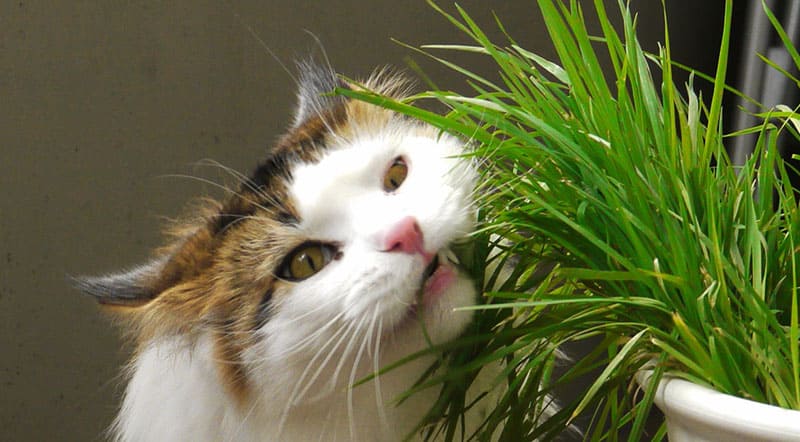
How To Grow Cat Grass
The beauty of cat grass is that it is cheap and surprisingly easy to grow. Just follow these steps and you’ll be farming cat grass in no time.
Buy Some Seeds
The most common types of grass used for cats are wheat, oat, rye and barley. You can get a packet of seeds for only a few dollars from almost any garden store or plant warehouse. The only thing to watch out for is the expiration date on the package. Seeds lose their power, so to speak, over time. If your seeds are too old, you’ll be waiting forever for them to spring.
Germinate The Seeds
Once you have the seeds, it is time for germination! This sounds a lot more intimidating than it is, really. All it means is that you have to sort of “wake” the seeds before you can plant them. You do this by placing them in a cup of water overnight, fully submerged. I suggest starting with about two teaspoons of seeds.
In the morning, you should see a small white point sticking out of one side of the seeds. This is the root of what is to be your cat grass. Excited yet?
Rinse the seeds carefully, but thoroughly. The germination process can create alcohol and we don’t want this on our seeds.
Plant The Germinated Seeds
Line the bottom of a shallow tray or pot with cotton pads. Add some water for the cotton pads to absorb, but discard any excess. The cotton should be somewhere between moist and soaked. Too little water will cause the cotton pads to dry out too quickly. Too much water will cause the seeds to get moldy.
Place the seeds onto the moist cotton pads, spaced about a quarter inch apart. Cover the whole thing with a single layer of plastic wrap and set it down someplace light, but not in direct sunlight. This will cause the seedlings to fry before they’re grown.
Watch It Grow
Within 24 hours, you will see more roots spring from the seeds and nestle themselves onto the cotton. The first green shoots will pop up not long after that. Give it a few days until your grass babies are hitting the plastic cover.
Remove the plastic wrap to give the grass further room to grow. Keep the cotton pads wet by spraying them with a plant sprayer. In my experience, about twice a day is enough.
After 7 to 10 days, your grass should be thick and tall enough for your cat to go to town on. If she likes it, you can immediately start a new batch to give her an endless supply of green.
Final Thoughts
A cat eating dead leaves is strange, to say the least. And if she’s developed a taste for a poisonous plant, it can also be quite dangerous. Fortunately, there are simple things you can do to solve the problem by discouraging your cat from snacking on leaves. With our tips and your love and care, your kitty will be back to normal in no time.


